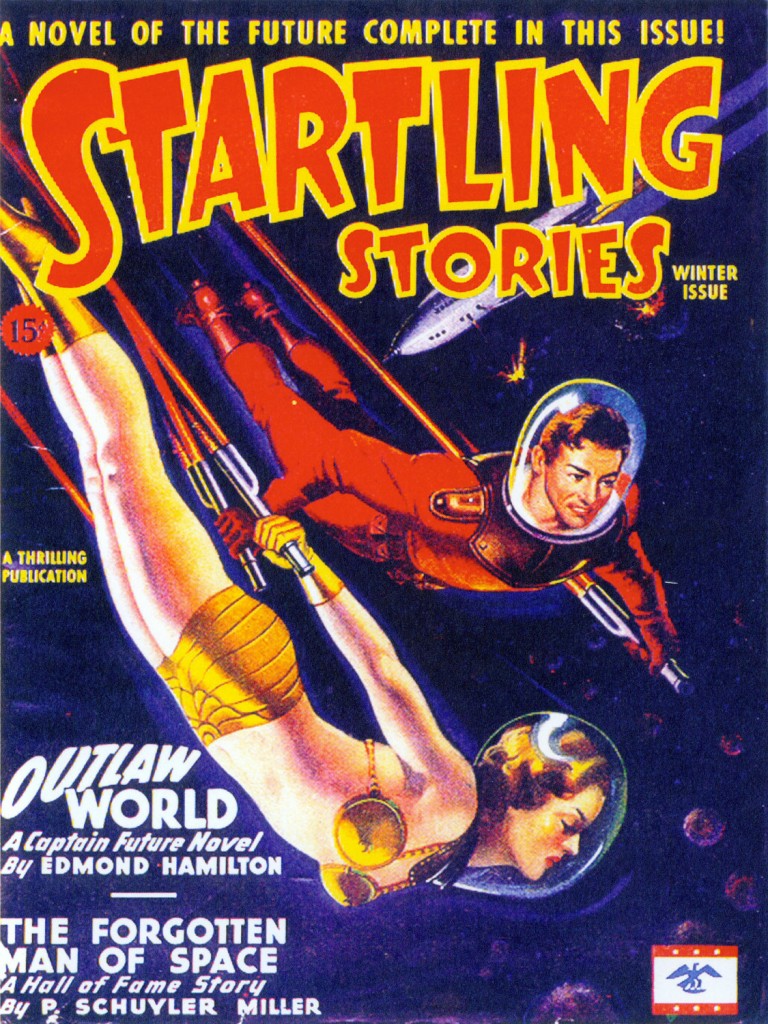
Essay time. Photo: Serdar Kilic
For an interesting look into the history of the essay and how it went so wrong in public education. Perhaps if more people thought like this, the essay would not have such a negative stigma surrounding it? As Courtney points out, highlighting a new method of thought, or set of beliefs regarding a subject is much more exciting than rehashing information about Charles Dickens or Hamlet. Equally important, she also acknowledges that certain subjects require facts and evidence (such as history) for points to be made. This is also perfectly true, however as Adrian pointed out, there are plenty of great essays that use evidence and facts. I think it is more to do with the fact that essays don’t need evidence to be good. We have been brought up to be very wary of information (eg; Don’t use wikipedia as a source, it can’t be trusted– While some of these are marginally valid points, this article in general screams insecure rubbish), everything must have a source, surely we can’t actually come up with our own ideas or thought patterns – or more importantly – trust them?
I also think that the quote she pulled out from Graham’s article really hones in on a sound and integral point.
In a real essay, you don’t take a position and defend it. You notice a door that’s ajar, and you open it and walk in to see what’s inside.
Perhaps if schools taught writing using this stance, we would have generations of much more confident and creative individuals? I’m serious, if we were taught this in school, the world would be so revolutionarily different I can’t even explain it. For instance: How many kids out there are there who fail at english and fall apart because they simply can’t get their head around the rigid and unobliging structure that is forced down our throats in Secondary school? People would be more open to learning, they’d be more confident at it, not only that but they would be more creative about it. This sort of standpoint encourages people to express their own unique thoughts and ideas; but not to persuade through bullying. The idea is to present and speculate, pose new questions and answer it. It encourages you to show what you know and think, to speculate, to explore and ponder the universe. Wouldn’t that be much more beneficial then learning the art of rehashing, re-mixing and defending yourself?
Your view point is not right, you can’t even give someone else’s statement to back it up. You should be able to back up your ideas with other people’s previous developed thoughts. Oh, but you’re not allowed to use other people’s ideas anyway. That’s stealing. Sound familiar? The best part about abiding by the methodology that Graham suggests, as Georgina points out:
you can start out with nothing- just a pencil, a piece of paper and your thoughts- and result in an answer to something neither you nor the reader had previously known. That’s the way to progress, to evolve.
Creativty. Speculation. Exploration. Recurring themes. They’re all the outcomes of “Model II” style activities and behaviour. The form of “essay” that we learn in school is definitely a “Model I” sort of action. Its all about insecurity, being defensive and not allowing speculation and creativity.


